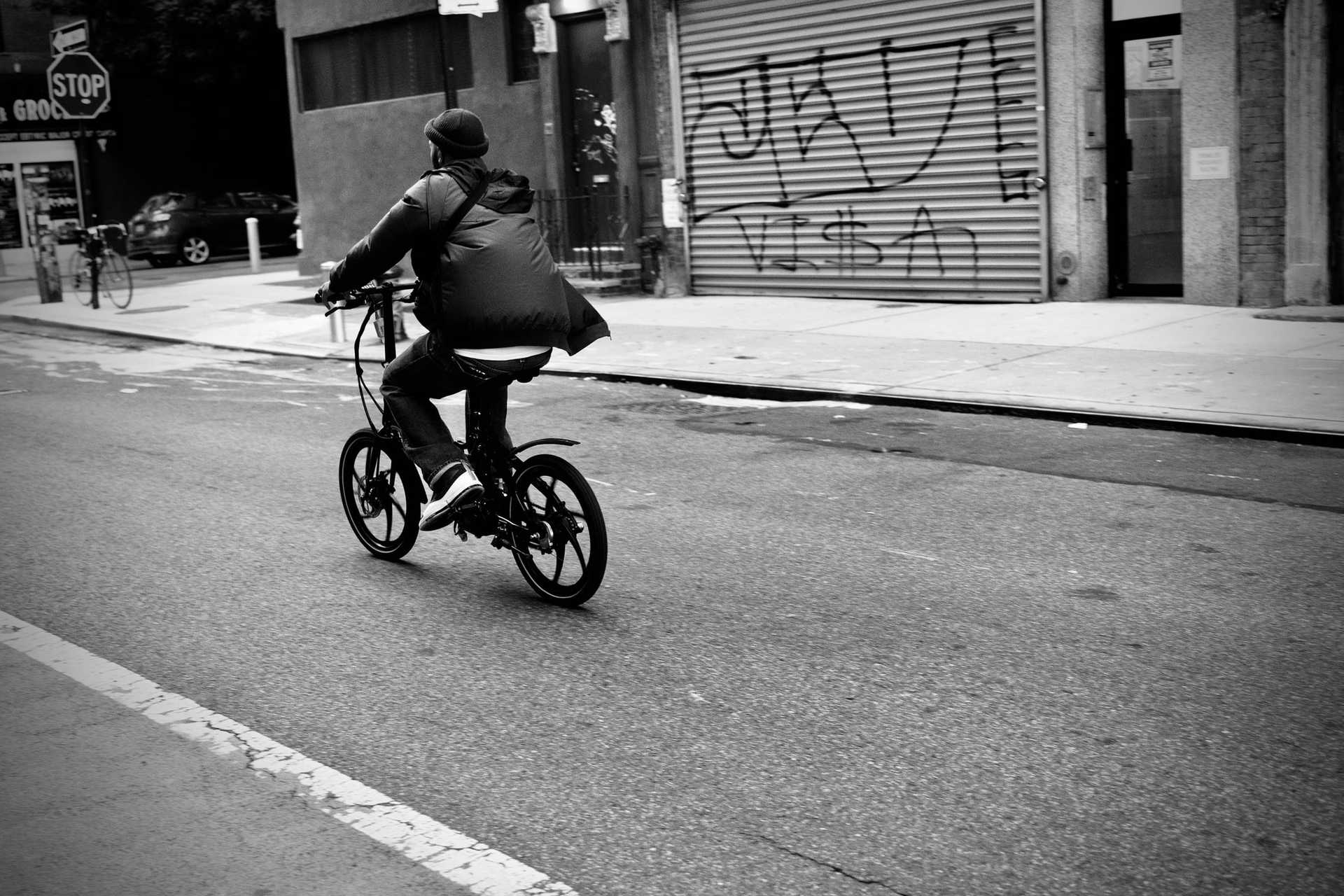..jpg)
Automating last-mile delivery
From high-cost to no-cost.
How likely? How soon? What impact?
The pandemic produced a surge in-home delivery to levels that were not expected for another three to five years. Ride-hail firms shifted much of their focus to moving food and goods instead of people. But a capacity and capability gap persists. Efforts to develop automated delivery vehicles are expanding and accelerating. Automation promises reduced costs, but also innovations like contactless delivery and nighttime operation.
Automation is already making inroads in long-haul freight movement. But it is within the "last mile," between local distribution hubs and delivery destinations, where the most revolutionary advances will take place. New types of vehicles will focus on specific use cases and types of urban terrain. Cities will explore ways to better use the public right of way to make room for freight. The goal for all will be to move more stuff faster, at a lower cost, with less nuisance and no carbons emissions.
Signals
Signals are evidence of possible futures found in the world today—technologies, products, services, and behaviors that we expect are already here but could become more widespread tomorrow.




..png)







